What if you call 911 and no one comes?
Inside the collapse of America's emergency medical services.
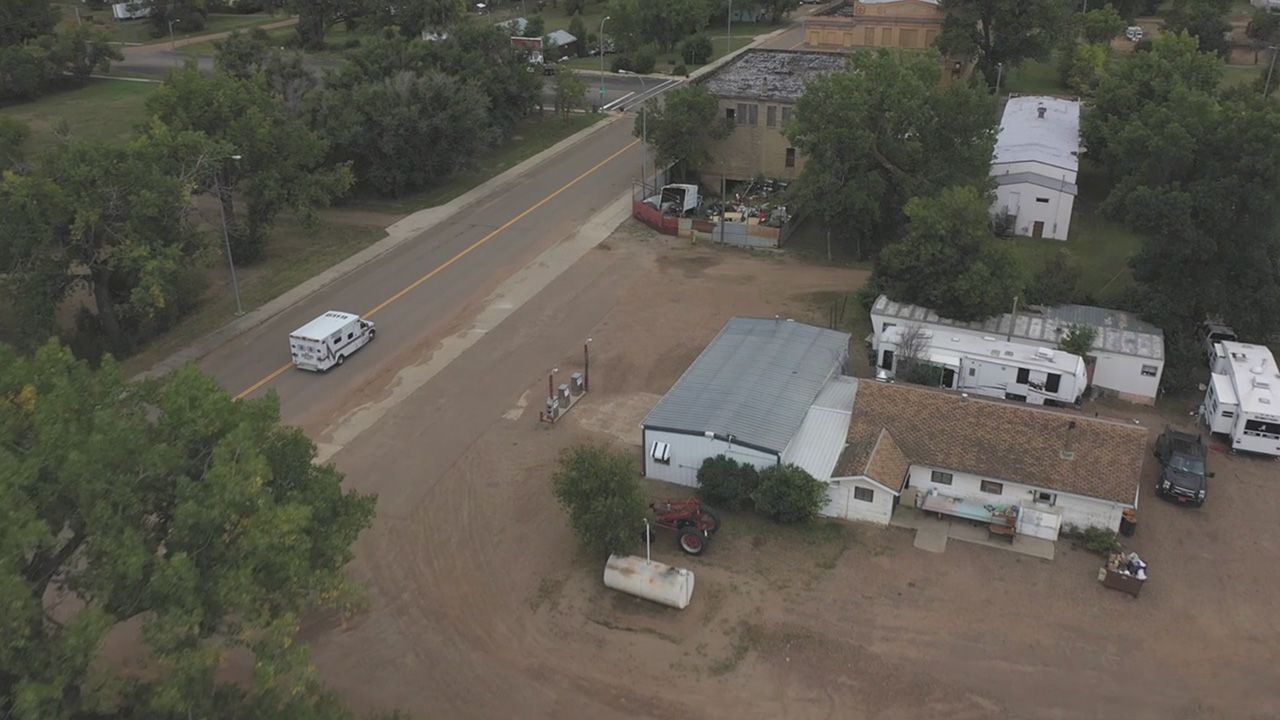
The night of June 15, 2016, was perfect for a softball game in Hebron, North Dakota. The temperature had reached almost 80 degrees that day, and even though Jerrid Soupir had been feeling pretty lousy — like maybe he was catching a summer cold — he was itching to get out on the field.
It was a doubleheader that night. Soupir, then 46, was playing shortstop in the second game. He remembers helping his teammates make a double play, getting two players out.
He turned to walk back to his position, went limp and fell straight to the ground.
Soupir had gone into cardiac arrest, meaning his heart stopped working suddenly. It’s often fatal if the victim doesn’t get help quickly.
There is no hospital in Hebron. In fact, when someone calls 911, there isn’t even a law that requires anyone in Hebron to answer the phone. Like so many other low-income, rural communities across the country, the small town’s ambulance runs on altruism alone.
And those ambulance services are closing in record numbers, putting around 60 million Americans at risk of being stranded in a medical emergency. Because so many emergency medical services (EMS) agencies have been struggling financially, some states are stepping in with funding. But emergency medical experts say it’s not enough to cure the dire situation.
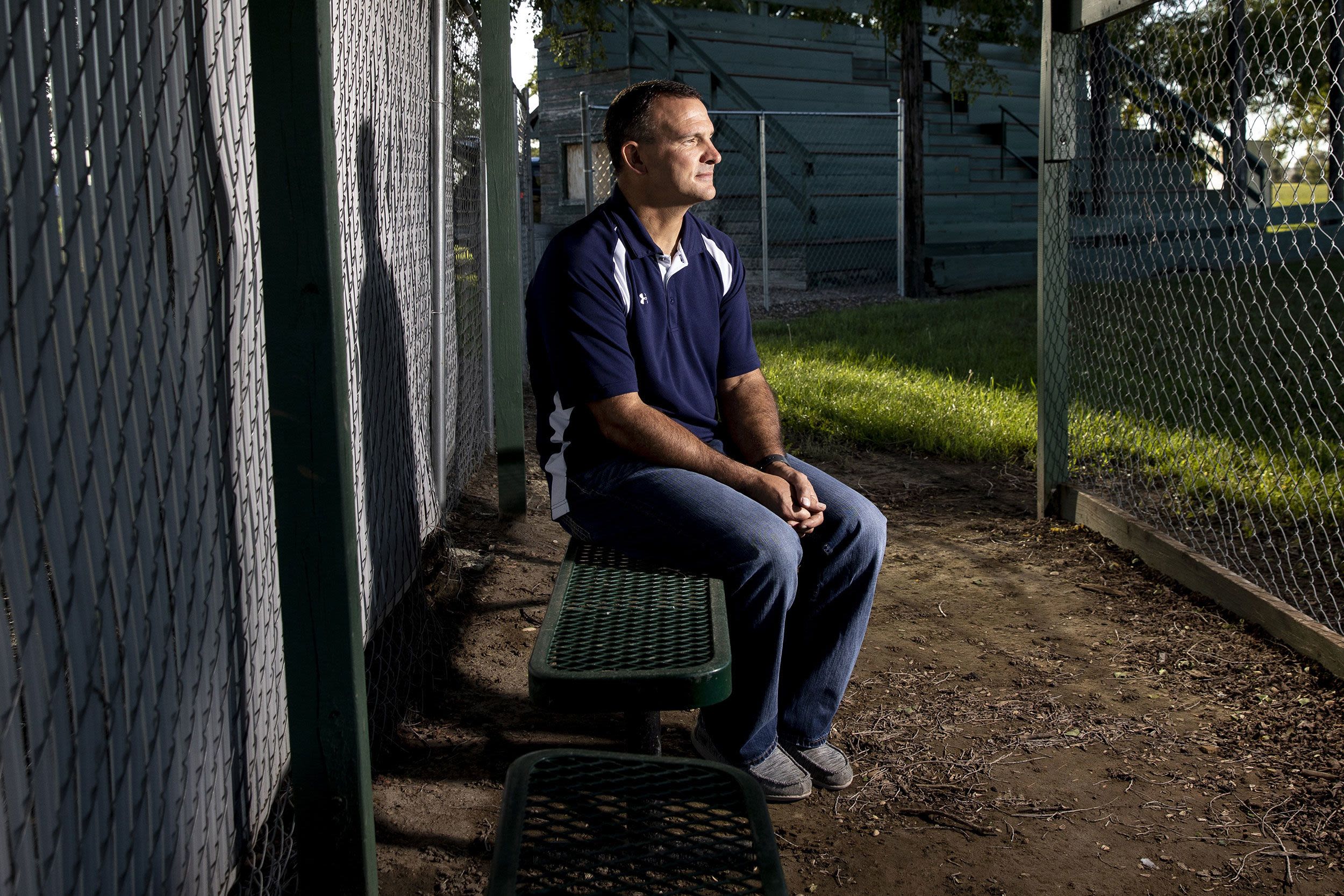
Jerrid Soupir went into cardiac arrest at a softball game in 2016. (Ackerman + Gruber / for NBC News)
Jerrid Soupir went into cardiac arrest at a softball game in 2016. (Ackerman + Gruber / for NBC News)
Organizing and providing emergency medical care is left to the people living in Hebron, which has a population of 677. Luckily for Soupir, the softball field was the right place to be when he collapsed.
At the game that night were not one, but two people who worked with the local ambulance service. A third player had a CPR kit in his car. A fourth emergency worker happened to be out on her evening walk by the park. And a nurse was able to start an IV right there on the field.
The softball team turned makeshift emergency department got Soupir to the hospital in Bismarck — 60 miles away — and saved his life that night. “If there had been no ambulance, and people wouldn’t have acted the way they did,” Soupir said, “I wouldn’t be alive.”
Like so many other small towns in America, Hebron relies almost exclusively on volunteers, making it difficult to keep its EMS going.
“We struggle getting enough staff to cover every shift, 24 hours a day, seven days a week,” Steven Maershbecker, squad leader of the Hebron ambulance service, said.
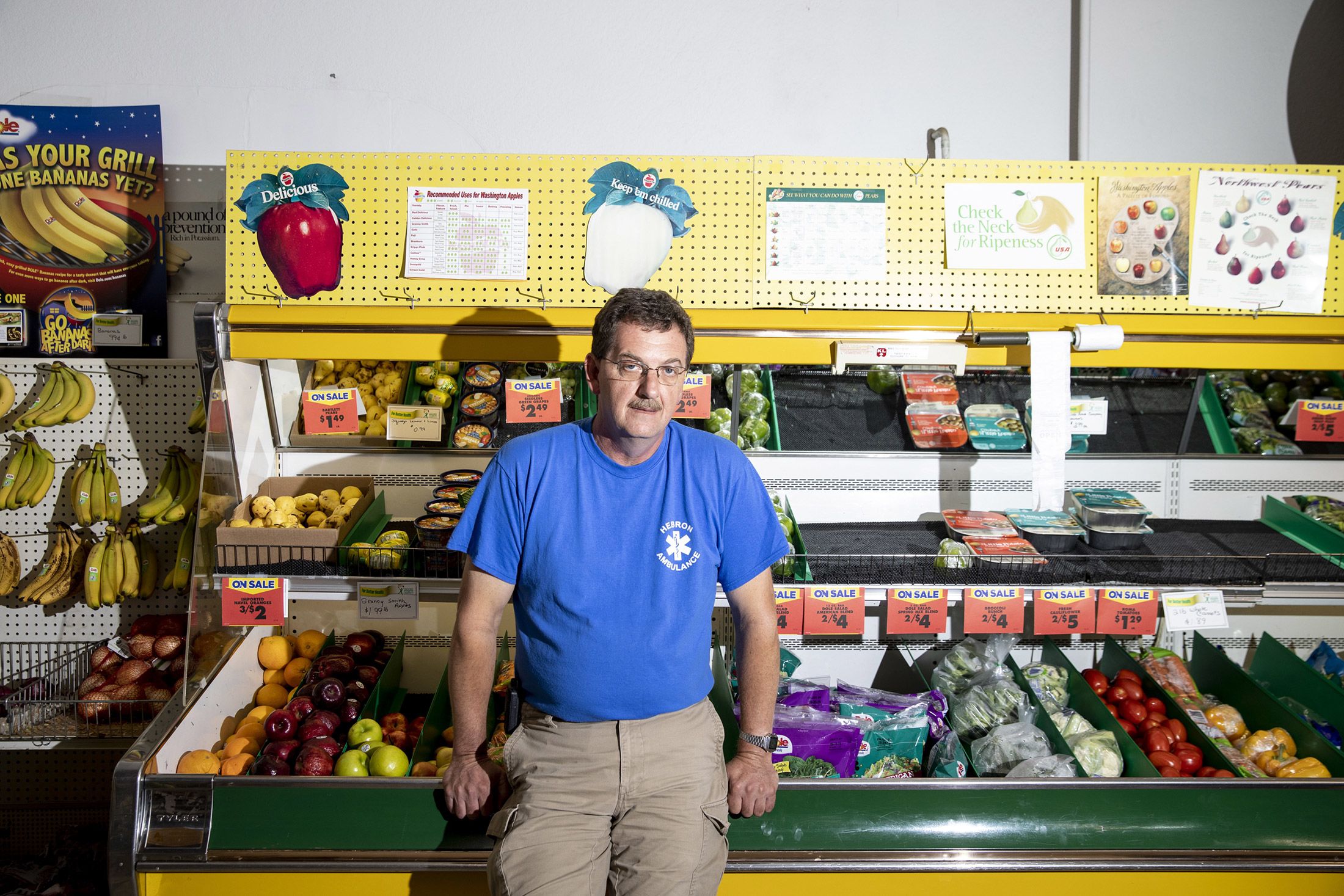
Hebron ambulance squad leader Steven Maershbecker is the owner of Jack & Jill Grocery, the town grocery store. (Ackerman + Gruber / for NBC News)
Hebron ambulance squad leader Steven Maershbecker is the owner of Jack & Jill Grocery, the town grocery store. (Ackerman + Gruber / for NBC News)
Maershbecker, 54, also owns the town grocery store, called Jack & Jill Grocery, on Main Street. Working full time and donating any extra time to the community is just what people in towns like Hebron do.
“The way I was brought up, you give it your all. You give 120 percent all the time,” Maershbecker said.
Two hours to the southwest of Hebron, close to the state’s border with Montana, the EMS situation in the tiny town of Marmarth, North Dakota, (population 143) is so dire that it’s at risk of shutting down.
“We are literally one person away from closing,” said Erick Hartse, a volunteer paramedic with the Marmarth ambulance service.
There are 12 EMS personnel in Marmarth, and they each take 12-hour shifts. Two people must be on call at the same time: usually one to drive the ambulance and another to administer more advanced medical care. All 12 donate their time, without compensation of any kind. That means they must also work a full-time job to support their families.
“We’ve been relying on volunteers to be the backbone in EMS for a long time, and unfortunately, that needs to change,” Hartse, 30, said. “Could you imagine being a volunteer doctor? It’s unfathomable.”
Still, Hartse, a third-generation paramedic, can’t imagine any other way of life.
“It was something that was ingrained in me at a very young age,” he said. “It’s a strong sense of community and a strong sense of being willing to help other people. You take a little bit of time out of your day to help somebody else that’s having the worst day of their lives.”
Shrinking, aging populations
The situations in Hebron and Marmarth aren’t isolated; they come at a time when demand for health care in rural America far exceeds the supply of people necessary to provide that care.
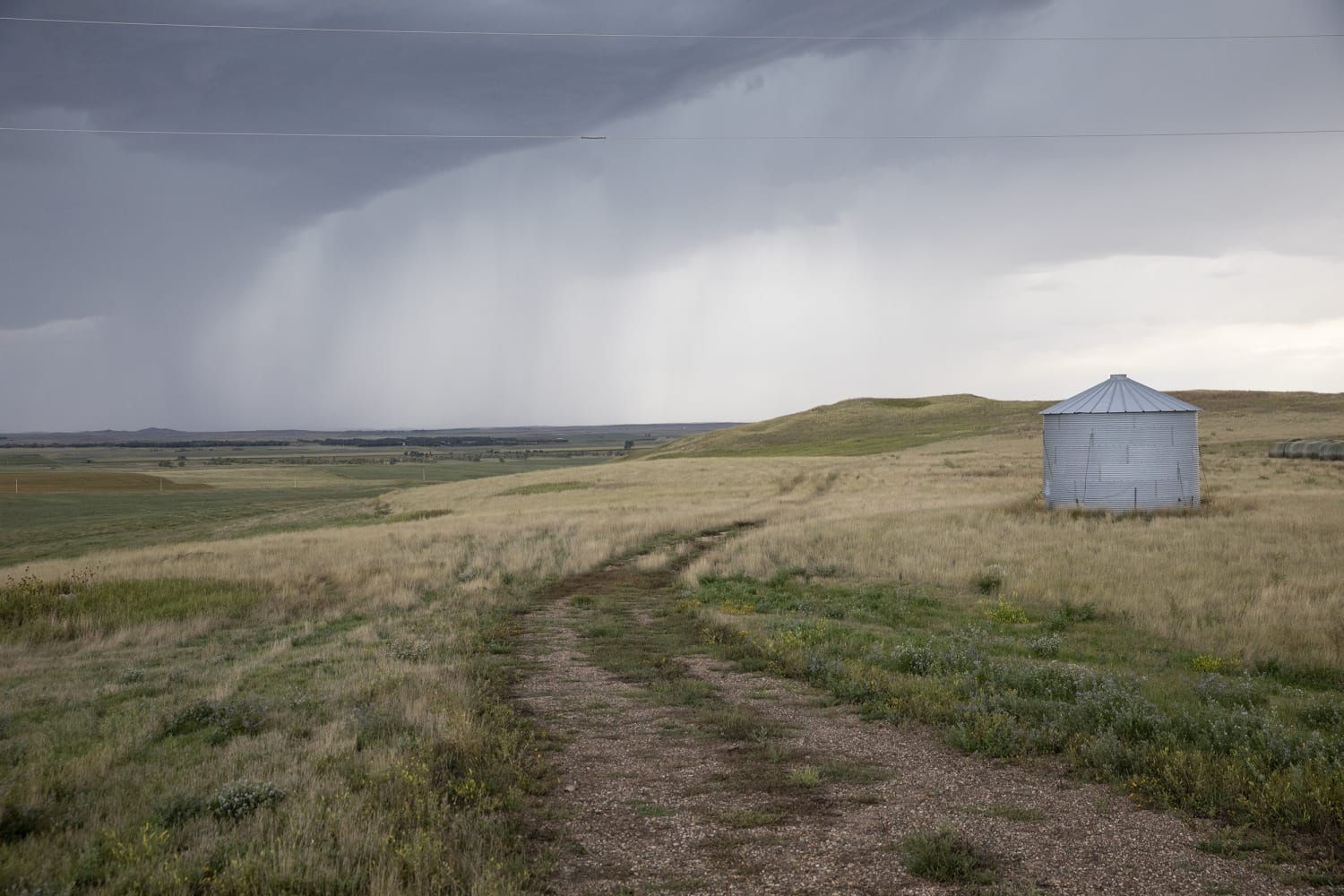

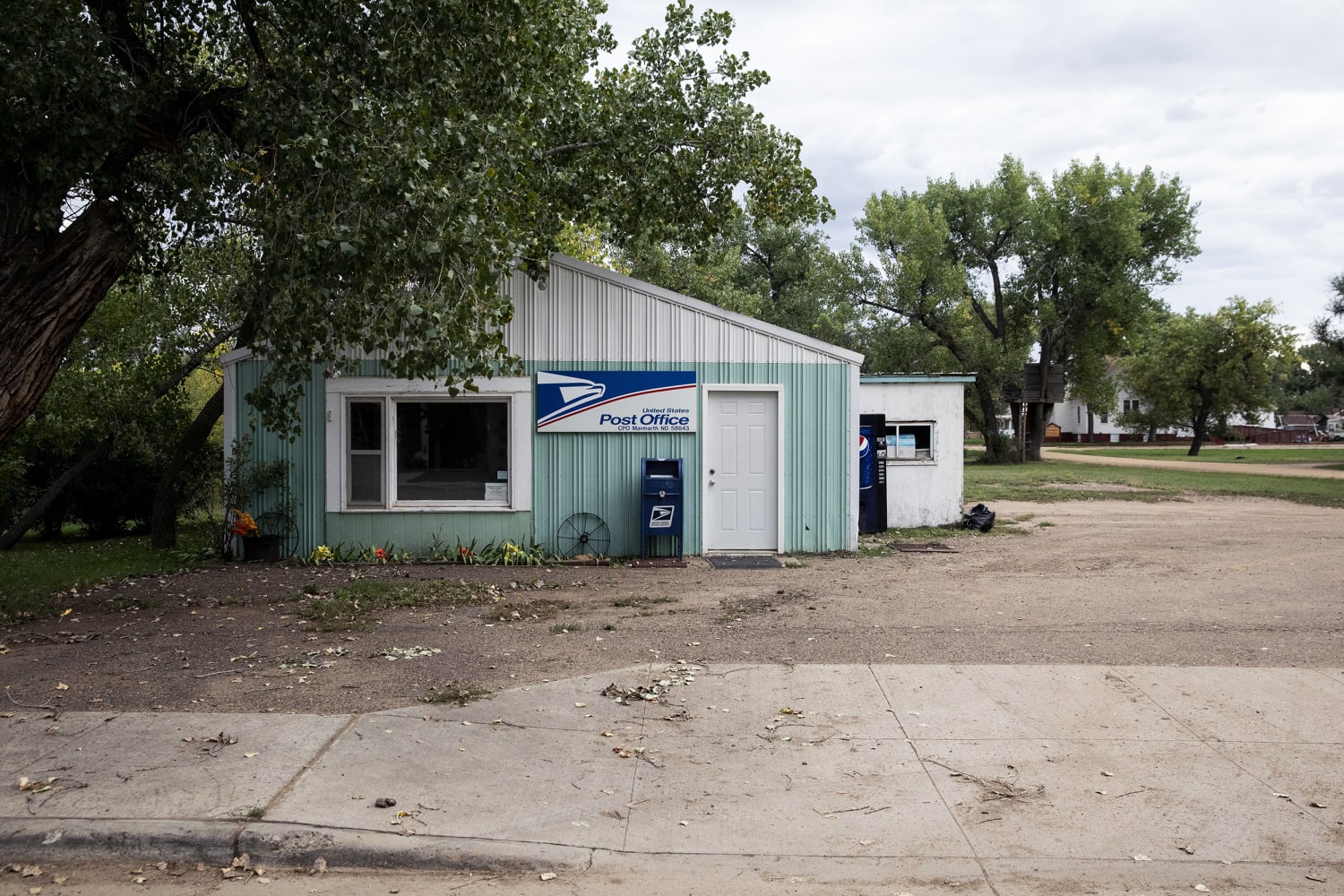
According to the U.S. Census Bureau, in 1900, 60 percent of the population was considered “rural.” By 2010, that percentage had fallen to 19.3 percent. (The Census Bureau defines a rural community as one with a population of less than 2,500.) However, the vast majority of land in the U.S. — more than 95 percent — is rural.
Younger, healthier members of the community often leave small towns for urban areas, leaving behind aging, often poor, older adults who tend to be the ones calling 911 with heart attacks, strokes and other health emergencies.
That leaves few people available — and willing — to volunteer as emergency medical personnel.
“As the population in these communities shrinks, you’ve got a finite pool of people who are willing to volunteer,” said Wayne Denny, chief of Idaho’s Bureau of Emergency Medical Services and Preparedness.
EMS volunteer work requires hours of initial training that costs hundreds of dollars, even at the most basic levels. In North Dakota, for example, emergency medical responders need 50 to 60 hours of training to learn how to drive an ambulance and assist with basic CPR and first aid. Those classes can cost at least $600, which must be shouldered by the unpaid volunteer.
Training commitment hours and costs rise steadily as the volunteers become more skilled, climbing the ranks from basic emergency medical technician to advanced emergency medical technician to paramedic. And every two years, volunteers need continuing education.
Maershbecker, of Hebron, is an emergency medical responder, or EMR. That role requires 16 hours of additional training every two years. Emergency medical technicians, or EMTs, need at least 40 hours.
“We only need 16, but all of us are taking 40-plus because we want to be able to assist our EMTs as fully as we possibly can,” Maershbecker said. “The more we know, the more we can help them.”
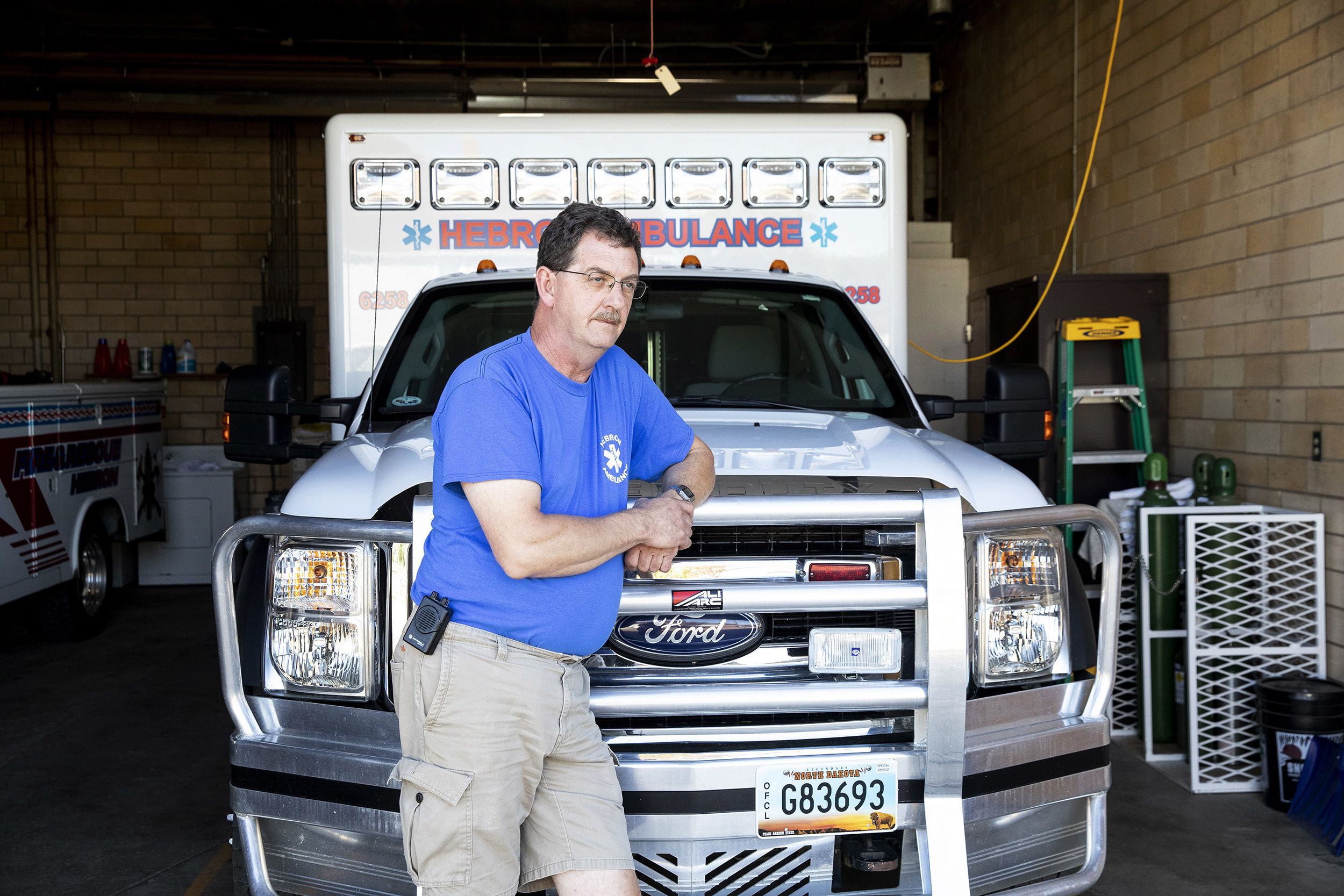
“The more we know, the more we can help them,” Maershbecker said. (Ackerman + Gruber / for NBC News)
“The more we know, the more we can help them,” Maershbecker said. (Ackerman + Gruber / for NBC News)
In many shrinking rural communities, agencies like the ones in Hebron and Marmarth are “hanging on by the skin of their teeth,” said Andy Gienapp, head of the Office of Emergency Medical Services for the Wyoming Department of Health.
“The reason that they’re managing to hang on is that some of the volunteers just look around and say, ‘Well, good grief, if I don’t continue to do this, who will?’” Gienapp said.
Hartse in Marmarth, North Dakota, agrees. “Can you imagine sitting in a place and dialing 911 and not having anybody show up?” he asked. “That’s very difficult for me to sit back and try to accept.”
When one EMS agency closes, even temporarily, it puts a tremendous strain on surrounding services that must travel farther to help those in need.
“In Idaho, like other western states, it’s not like there’s a neighboring community five miles up the road. It might be 30 miles. It might be 50 miles,” Denny said.
Adding to the strain, a report from the University of North Carolina Cecil G. Sheps Center for Health Services Research found that 118 rural hospitals across the country have closed since 2010, though that number does not take into account small facilities that had to shut their doors temporarily and then reopened. Many of those hospitals are in states that did not expand Medicaid under the Affordable Care Act.
“We’ve never had this many hospitals close this fast in this country,” said Nikki King, a member of the National Rural Health Association, a nonprofit organization that advocates for rural health issues.
Fewer rural hospitals mean ambulances need to travel even farther distances, often in rough terrain or on unmarked roads.
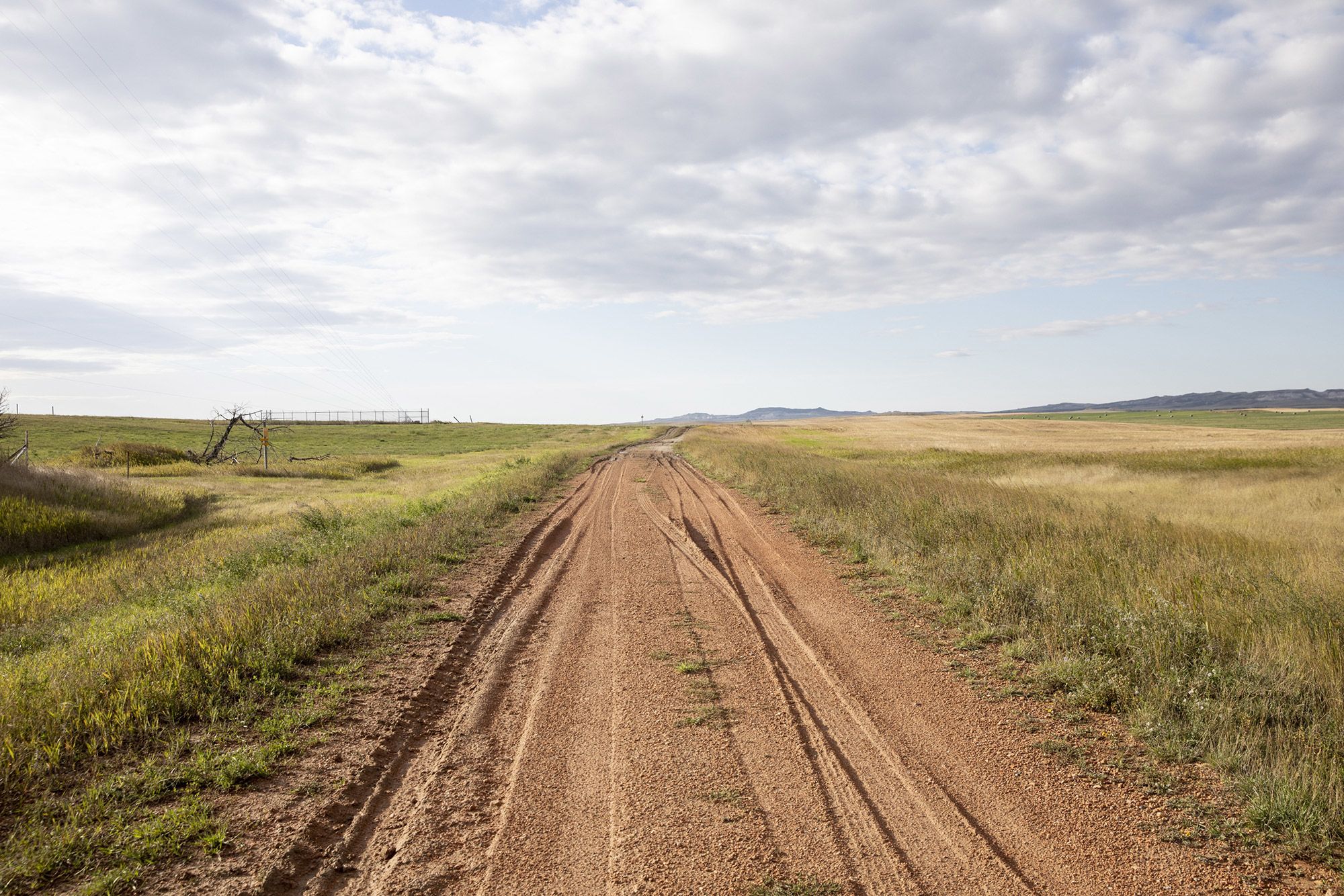
Fewer hospitals mean ambulances must travel farther distances, sometimes in rough terrain or on unmarked roads. (Ackerman + Gruber / for NBC News)
Fewer hospitals mean ambulances must travel farther distances, sometimes in rough terrain or on unmarked roads. (Ackerman + Gruber / for NBC News)
“You’re talking about an older, sicker, poorer population that’s more likely to rely on EMS that is now farther and farther away from health care,” King said.
What’s more, most EMS programs get paid by each emergency call they go on, through reimbursements from Medicare, Medicaid or private payers. Longer drives mean fewer calls, and consequently, less money.
And EMS services respond to calls regardless of patients’ ability to pay.
“Mixed in with those patients who have private insurance, or the financial means to pay an ambulance bill, is a fair amount of underinsured or those who have no insurance whatsoever,” Gienapp explained.
Very often, EMS funding cannot cover the cost of having a working ambulance and crew on standby, waiting for an emergency call. Some calls end up with no patient to bill: the call could be canceled; the person may refuse to go to the hospital; or the patient may die before going to the hospital.
Other funding can come from a variety of sources, but usually not the state legislature. A majority of states do not consider local emergency medical services “essential” by law, as they do for fire and police.
Sometimes money comes from local taxes, a well that’s drying up with the shrinking rural population. In Idaho, for example, there is a 25 cent fee on motor vehicle registrations that’s allocated for EMS in each county.
“But in these smaller counties that are very rural, the number of motor vehicle registrations they have every year is small,” Denny said.
King said communities are forced to support their EMS agencies in any way possible.
“We have critical care emergency services being funded by fish fries and spaghetti dinners.”
How did we get here?
In the 1950s, it was funeral homes that actually provided many of the country’s ambulance services because they had vehicles — namely, hearses — that could accommodate a person who needed to lie down. It was an ominous predictor of what was to happen over the next decade.
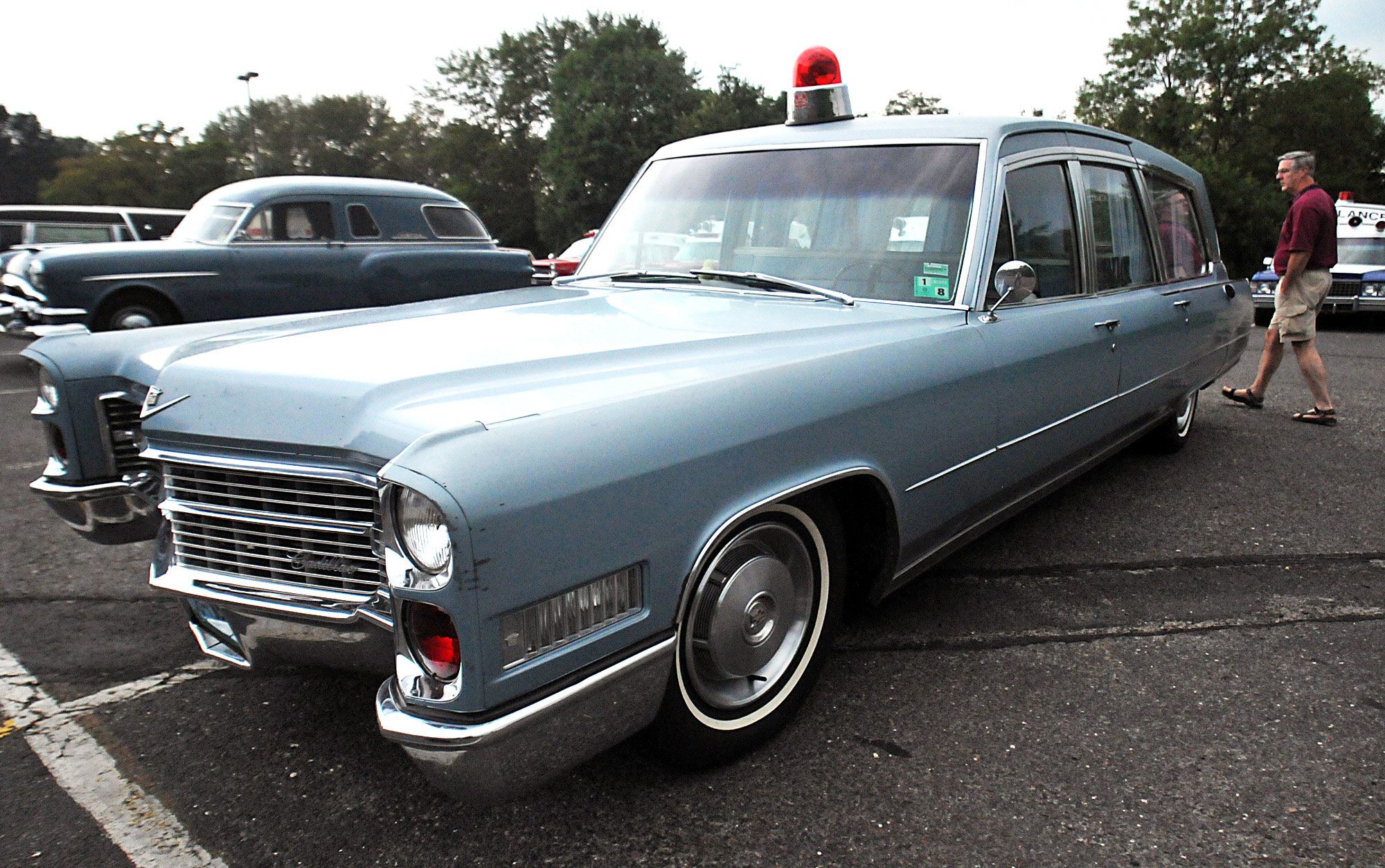
Starting in the 1950s, funeral homes provided many of the country’s ambulance services, because they had vehicles - namely, hearses - that could accommodate a person who needed to lie down. This 1966 Cadillac ambulance was converted from a hearse. (MJ Schear / AP Photo file)
Starting in the 1950s, funeral homes provided many of the country’s ambulance services, because they had vehicles - namely, hearses - that could accommodate a person who needed to lie down. This 1966 Cadillac ambulance was converted from a hearse. (MJ Schear / AP Photo file)
As the U.S. highway system modernized and flourished, motor vehicle fatalities increased. By 1962, tens of thousands of people were dying in car accidents.
Four years later, the National Academy of Sciences published what is now considered to be a landmark report, called “Accidental Death and Disability: The Neglected Disease of Modern Society.”
It laid the groundwork for a system of pre-hospital medical care by spotlighting unnecessary deaths and disability from accidental injuries — in particular, motor vehicle accidents. Lives could be saved, the report concluded, if injured drivers and their passengers could get to a hospital quickly.
“All ambulance services really began with the concept: how do we get somebody off the highway from a motor vehicle crash and get them to a hospital?” Gienapp, of the Wyoming Department of Health, said.
But in 1960, just a handful of states had developed standardized courses for emergency rescuers, and fewer than half of all EMS personnel had even minimal first aid training.
Over the following years, the system evolved to transport people who have had other medical emergencies, such as heart attacks and strokes. As a result, EMS fell under the National Highway Traffic Safety Administration, not the Department of Health and Human Services.
EMS “grew up overnight,” Gienapp said. “In rural America, it was very easy. If you wanted an ambulance service, you just got two or three of your friends together and went out and got a truck.”
Dorothy Baron did just that.

Dorothy Baron, third from right, with the Moorcroft, Wyo. ambulance squad in 1981. Baron started the squad with fellow residents in 1977. (Courtesy Dorothy Baron)
Dorothy Baron, third from right, with the Moorcroft, Wyo. ambulance squad in 1981. Baron started the squad with fellow residents in 1977. (Courtesy Dorothy Baron)
In 1977, Baron and a few other residents in her hometown of Moorcroft, Wyoming, (population 1,009) saw a gap in emergency health care, and took it upon themselves to take the necessary training courses and then start their own volunteer ambulance service.
Their first “ambulance” was a used Chevy Suburban with a board in the back that acted as a gurney. It stuck so far out of the vehicle’s backend that Baron’s crew couldn’t get the door closed.
As emergency medicine technology evolved, so did Baron. Over time, she became an advanced EMT, and her EMS agency was able to purchase real ambulances.
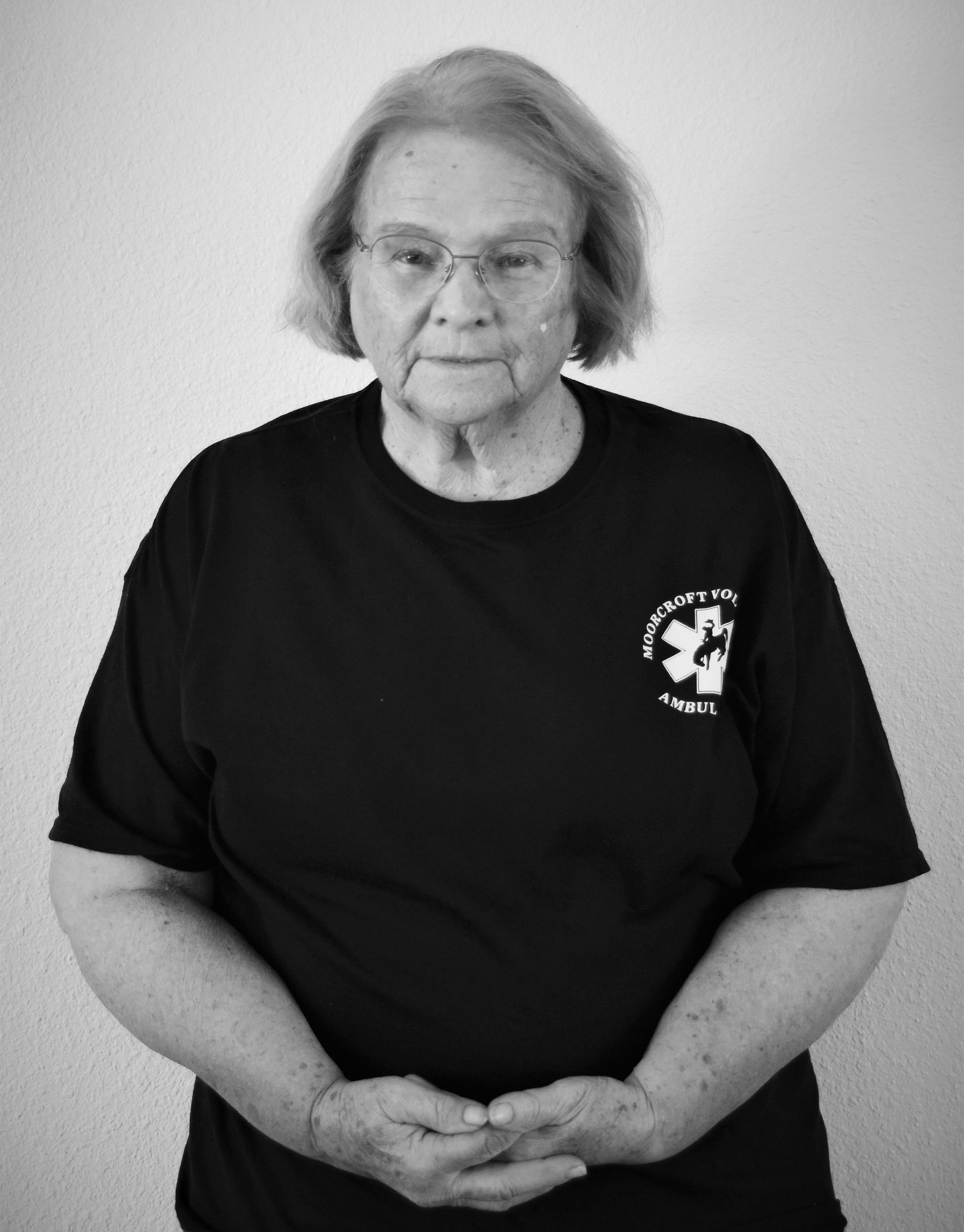
Baron, who turns 82 this month, continues her volunteer EMS work to this day. (Courtesy Dorothy Baron)
Baron, who turns 82 this month, continues her volunteer EMS work to this day. (Courtesy Dorothy Baron)
She did this in addition to raising seven children. “It was just something I could do to contribute to the community,” Baron explained.
Baron, who turns 82 this month, continues her volunteer EMS work to this day. She had to cut her interview for this story short; a call about a car accident demanded her attention.
Pensions for the unpaid
Recruiting and holding on to people like Baron who spend decades serving their community can be difficult.
There is no 401K that comes with volunteer work, no big payout at the end of service, and very often, no benefits other than the satisfaction of helping neighbors in need. Gienapp estimates that nearly three-quarters of the EMS workers in his home state of Wyoming are either grossly undercompensated, or receive no pay whatsoever.
“Really, what we’re talking about is that 70 percent to 74 percent of the emergency medical services are provided by people for whom that is not their full-time job,” he said.
Some communities try to offset the compensation gap by offering volunteers modest stipends or breaks on property taxes. Others utilize what are called Length of Service Award Programs. These are like pensions, but under the current tax code, contributions from an employer for retirement plans can't be higher than compensation. That's a problem if your compensation is zero.
A bipartisan bill before the U.S. Senate aims to change that, so Length of Service Award Programs can function like traditional employer retirement plans.
The Volunteer Emergency Services Recruitment and Retention Act, sponsored by Sens. Susan Collins (R-Maine) and Ben Cardin (D-Maryland), would allow higher contributions and make those contributions into the program tax deferred, guaranteed and eligible for rollover to a different plan.
“If you’re serving your community through volunteer service as either an emergency medical person or firefighter,” Cardin said, “you want to make sure that your family is protected later in life because you’re giving up some of your ability to put resources away with a traditional employer.”
“We gotta make it easier for volunteers to serve,” he said.
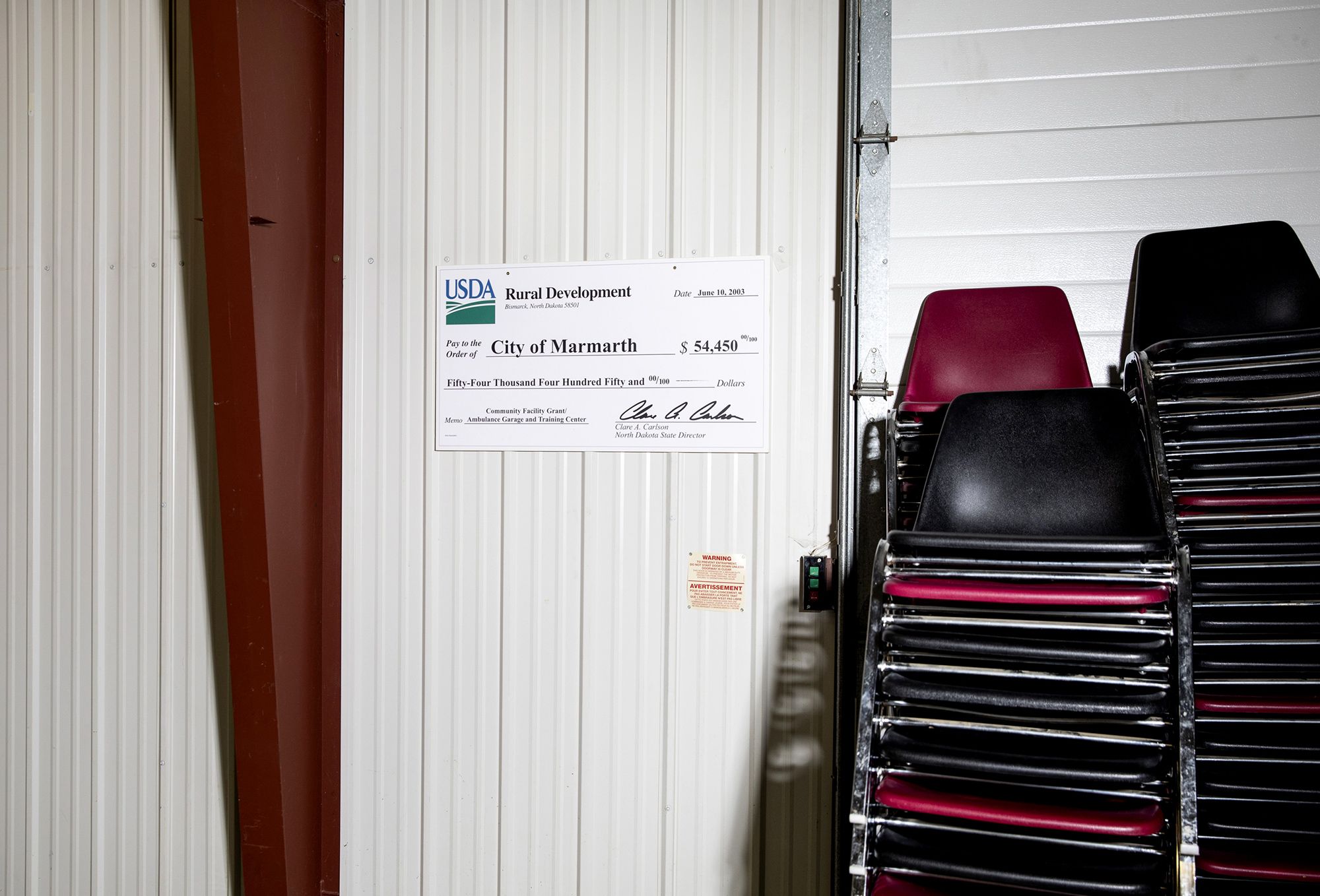
EMS funding can come from a variety of sources, but usually not the state legislature. In Marmarth, an old check from the USDA Office of Rural Development hangs on display. (Ackerman + Gruber / NBC News)
EMS funding can come from a variety of sources, but usually not the state legislature. In Marmarth, an old check from the USDA Office of Rural Development hangs on display. (Ackerman + Gruber / NBC News)
Pride versus profit
Still, it’s unclear whether bills like this one are enough to solve the problem.
Gienapp and other rural health experts say a system that relies exclusively on the goodwill of people is simply unsustainable. EMS agencies need money to recruit and retain qualified workers, and for upkeep of the equipment. When they don’t have sufficient funding, they close.
Solutions to a broken rural health care system require sensitivity in communities that have deep emotional ties to their volunteer EMS workers. The idea of folding or contracting ambulance services from other towns or companies is often met with resistance, because the services don’t feel “hometown” anymore, Gienapp said.
So, rural EMS agencies need to get creative. One immediate option is to seek out work that’s sure to result in payment.
That’s how the EMS system serving Campbell County Memorial Hospital in Gillette, Wyoming, went from losing money to turning a profit within the past three years.
“We started partnering with different departments in the hospital to either help them deliver their service line or do it more effectively, more efficiently,” said Christopher Beltz, EMS director for Campbell County Health. This includes transporting patients between facilities if they require specialty care, such as patients with kidney disease who must travel for dialysis treatments.
But this is not a salve for all rural EMS systems. The agency in Gillette is affiliated with a major hospital, and is able to pay its staff a modest salary. Even then, Beltz said it’s difficult to compete with higher-paying jobs.
“As a rural EMS agency, it’s hard to get people just to walk in the door and apply for a job,” he said. “We are in the heart of coal country here in Wyoming and people can make a lot more money per hour working in the coal mines.”
Serving their own
Rebecca Bumgardner helps support her family by working 40 hours a week at a motel in Baker, Montana. She and her husband also volunteer with their local fire department. And they have a two-year-old daughter who goes to work with Bumgardner at the motel.
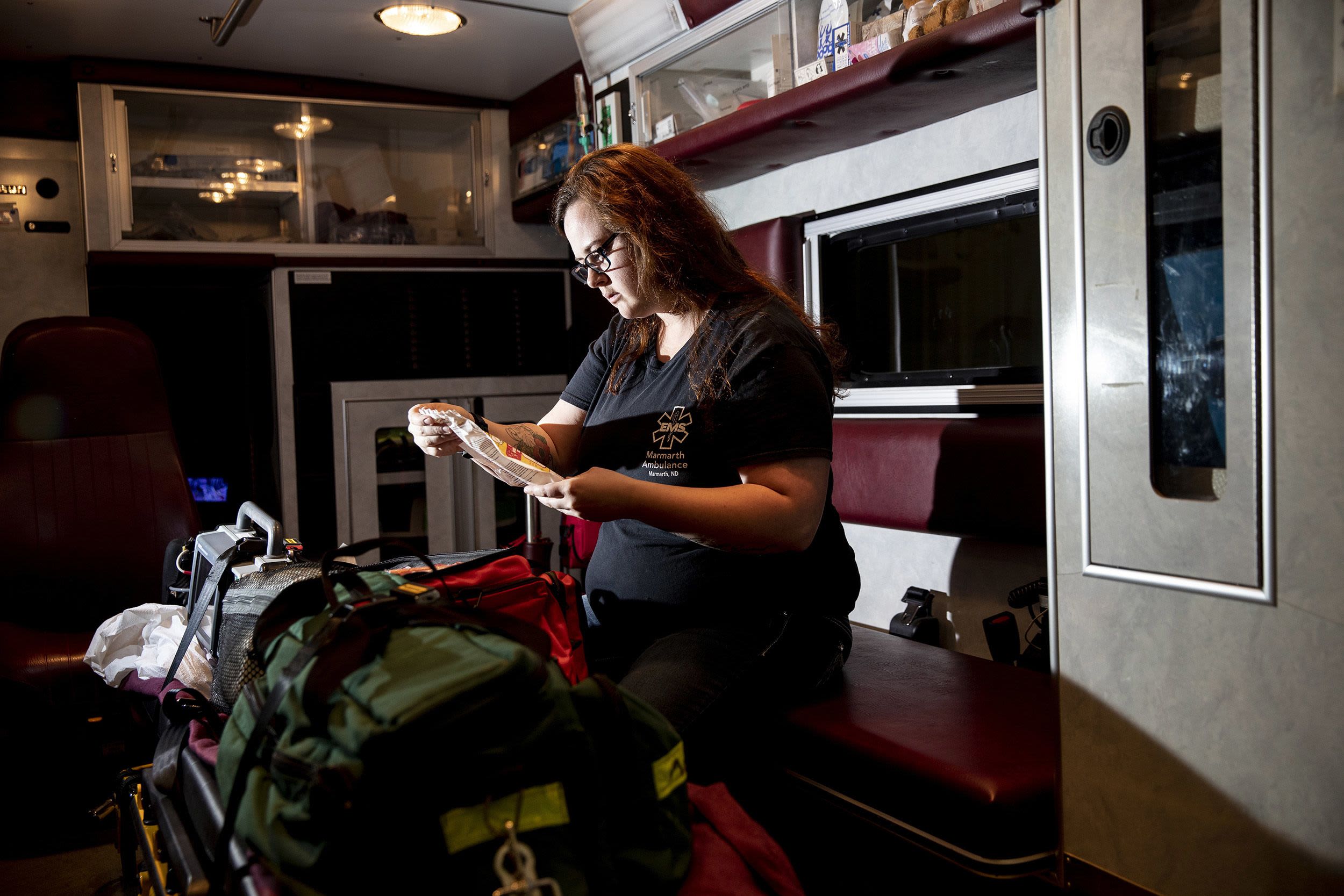
Rebecca Bumgardner, 26, volunteers one night shift a week with Marmarth’s ambulance service. (Ackerman + Gruber / for NBC News)
Rebecca Bumgardner, 26, volunteers one night shift a week with Marmarth’s ambulance service. (Ackerman + Gruber / for NBC News)
“I’ve got a few irons in the fire,” she joked.
But every Tuesday, Bumgardner leaves her family and her day job to work the night shift — 6 p.m. to 6 a.m. — as a volunteer EMT in Marmarth, North Dakota, the town in danger of losing its ambulance services.
“I’m spread thin. But it’s something that matters to me,” said Bumgardner, 26. “So even if it’s only one night a week, I make it work.”
The thought of Marmarth’s EMS service closing is unacceptable to Bumgardner. She knows the town well; as a young girl, her family often traveled to Marmarth to look for dinosaur bones.

The thought of Marmarth’s EMS agency closing is unacceptable to Bumgardner. (Ackerman + Gruber / for NBC News)
The thought of Marmarth’s EMS agency closing is unacceptable to Bumgardner. (Ackerman + Gruber / for NBC News)
A strong connection to community is illustrative of another element of rural EMS agencies that sets them apart from many others in the country.
“Almost every time this ambulance leaves,” Hartse, the volunteer Marmarth paramedic, said, “we know the person we’re gonna go help.”
It gets to the root of Hartse’s biggest fear about losing the local emergency medical service.
“What happens if my family’s the one that needs the ambulance, and there’s nobody here?”
Design and development: Jiachuan Wu and Robin Muccari / NBC News
Photo Editor: Shahrzad Elghanayan / NBC News
